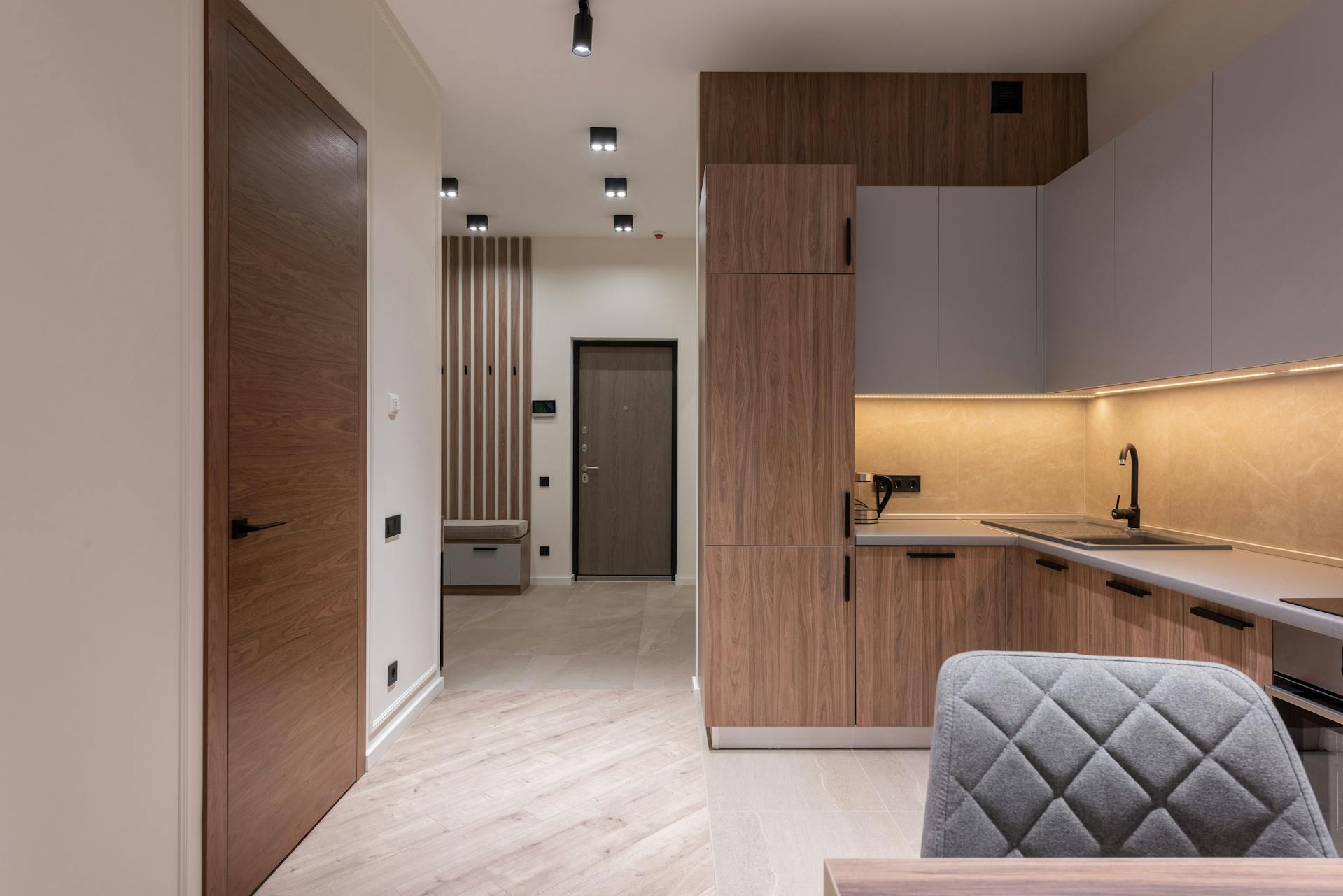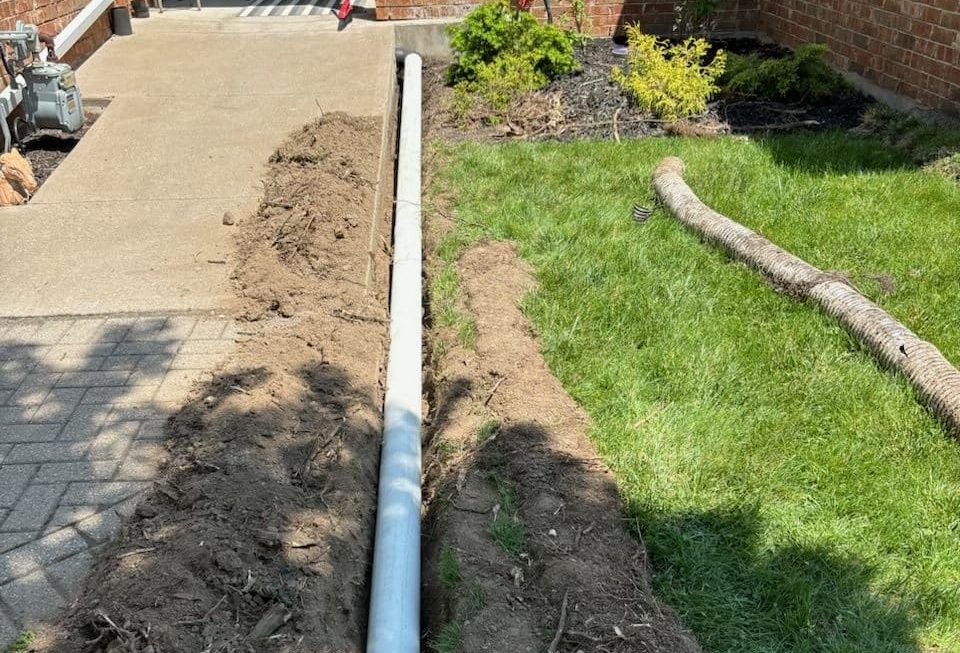Safety planning on a modern jobsite looks nothing like it did a decade ago. Gone are the days when crews relied solely on binders, clipboards, and handwritten checklists to manage their fall protection and compliance routines.
Today, technology is rewriting the blueprint for how safety is planned, tracked, and enforced. From AI-assisted risk modeling to cloud-based dashboards and digital fall clearance calculators, the shift toward data-driven safety has changed what it means to be prepared before anyone ever climbs a ladder or attaches a lifeline.
The construction industry is quickly catching up with other high-risk sectors by using predictive tools and systems like confined space equipment to prevent injuries rather than react to them. This evolution isn’t about replacing human judgment; it’s about giving safety managers and field foremen better visibility into the variables that matter most: clearance, connection, and compliance.
Digital Tools for Real-World Problems
Modern safety planning begins long before work starts. Mobile platforms now allow safety professionals to model hazards on digital site drawings or within Building Information Modeling (BIM) environments, running “what-if” simulations to identify potential fall exposures. AI-enhanced analytics can even estimate risk probabilities based on structure type, elevation, and environmental conditions.
Before a worker straps into a harness, a safety planner can use a digital fall-distance calculator to confirm the system’s total fall clearance based on geometry, connector type, and anchor height. These calculators replace guesswork with physics, accounting for deceleration distance, harness stretch, lanyard elongation, and worker height.
However, these tools should never replace manufacturer specifications or ANSI Z359 criteria. Every calculation must be cross-checked against the manufacturer’s data for the exact components in use, including energy absorbers, SRLs, and anchor systems. A designated competent person should always verify all measurements and conditions on-site before work begins to ensure the setup meets both regulatory and equipment-specific requirements.
This level of precision matters. Too often, falls occur not because workers lack protection, but because their setup was misconfigured for the space available. Supervisors can confirm a self-retracting lifeline (SRL) or leading-edge SRL is rated for edge exposure and sufficient arrest distance by visualizing clearance in advance. What once required deep technical expertise is now made accessible to competent persons through simple, guided digital interfaces.
The result is a fundamental shift from reactive safety to predictive prevention. Instead of adjusting after incidents, safety professionals can now model hazards out of existence before work even begins, and utilize systems like davits.
Compliance Without Paperwork Chaos

Regulatory compliance remains one of the most persistent challenges on any construction site. Between overlapping Occupational Safety and Health Administration (OSHA) and American National Standards Institute (ANSI) standards, multiple trades, and constantly shifting crews, keeping inspection logs and training records up to date can consume entire workdays.
Technology is finally solving that problem. Mobile inspection apps and centralized cloud platforms now capture every inspection, tag, and sign-off in real time. Workers can scan QR codes on their harnesses or SRLs to log inspections automatically, complete digital forms, and sync the results to a cloud dashboard. Supervisors gain instant visibility into which gear is in use, which units are due for recertification, and which workers have completed their required training.
That said, inspection frequency and procedures must always follow manufacturer guidelines and applicable ANSI and OSHA standards, not just digital reminders. Electronic tools streamline documentation, but they can’t replace the hands-on visual and tactile checks required for fall protection gear. A qualified or competent person must still physically inspect equipment for damage, wear, and proper function before each use.
Automated alerts replace manual reminders, ensuring nothing slips through the cracks. This shift from paper to data prevents downtime and citations. The visibility it provides also supports a stronger culture of accountability. When every inspection, approval, and corrective action is traceable, safety moves from a compliance checkbox to an active process of continuous improvement.
The Rise of Connected Equipment
Safety equipment itself is becoming intelligent. Embedded sensors and RFID chips are now found in harnesses, SRLs, and even hard hats. These devices can track impact loads, record arrest events, and log wear cycles. When paired with cloud platforms or mobile apps, they provide maintenance teams with real-time data on usage, performance, and potential faults.
Some systems use Bluetooth Low Energy (BLE) or Near-field Communication (NFC) connections to record when a worker connects to an anchor point or enters a designated area. However, it’s important to note that these systems cannot determine whether an anchor is certified or verify the quality of the connection itself. Electronic verification only confirms that a connection event occurred, not that it meets the load, location, or installation criteria required by OSHA or ANSI standards. A competent person must still confirm anchor certification, compatibility, and proper setup on-site before any work begins.
This connected ecosystem is creating a digital audit trail of equipment performance. It also enables predictive maintenance. Safety teams can base decisions on actual use data instead of scheduling recertification at fixed intervals. This feature reduces waste, extends gear life, and ensures no piece of equipment stays in rotation beyond its safe limit.
These same tracking systems are now being adapted beyond fall arrest. For instance, monitoring systems for confined space equipment, such as retrieval SRLs, confined space tripods, and davits, can log deployment frequency, load data, and atmospheric readings during entry. However, before any retrieval system is used, it must be verified as rated for personnel lifting and confirmed compatible with the specific base or anchor configuration, per the manufacturer’s user manual. Not all components are interchangeable, and incorrect pairings can compromise both load integrity and compliance. These safeguards ensure digital insights are backed by physical safety and proper system configuration.
Training in a Digital Environment
Training remains the foundation of every safety program, but how it’s delivered is evolving fast. Static presentations and classroom sessions are giving way to immersive and interactive experiences.
Virtual and augmented reality training environments now allow workers to “step inside” a simulation, climbing scaffolds, connecting to anchors, or responding to simulated falls, all without leaving the classroom. These environments replicate the physical and psychological stress of a jobsite, training muscle memory and situational awareness.
Safety managers can track data from these modules, revealing where individuals struggle and team-wide refreshers are needed. Some systems integrate directly with certification databases, updating training records automatically when a module is completed.
The result is better retention and measurable evidence of competency. When regulators or clients demand proof of training, digital logs provide immediate, auditable documentation.
Predictive Safety and AI Integration
The next evolution in safety planning is prediction, using data to forecast risk before it happens. With AI now capable of parsing thousands of data points from site reports, inspection records, and even weather patterns, it’s possible to anticipate where the next incident will most likely occur.
For example, if analytics show repeated clearance miscalculations in specific structure types, the system can alert managers to revisit anchor configurations or provide targeted retraining. Likewise, if incident data suggests higher risk on windy days or during night shifts, work scheduling can be adjusted accordingly.
These predictive insights enhance human oversight. A safety director can now prioritize resources based on actual probability rather than broad assumptions. That kind of informed decision-making marks the real beginning of proactive safety management.
From Data to Prevention
The true advantage of integrating digital systems is how they connect the dots. A single inspection record or sensor reading tells only part of the story. When aggregated across a project or company, patterns emerge: recurring hazards, procedural weaknesses, or overlooked compliance trends.
By consolidating these data streams, from digital clearance modeling to SRL sensor data and training records, safety directors can identify leading indicators before they become lagging ones. Corrective actions can then be applied at the organizational level, not just the individual jobsite.
This data-driven loop transforms safety planning from a static document into a living, adaptive system. Every inspection, connection, and digital check builds toward a more informed, resilient safety culture.
The Human Factor Remains Central
For all its potential, technology isn’t the hero; people are. Digital tools amplify human capability, but they don’t replace the awareness, discipline, and teamwork that define a safe crew. The best outcomes still depend on workers who inspect and correctly connect their gear while also looking out for one another.
Whether using a confined space tripod for vertical entry, setting a davit arm over a tank opening, or verifying fall clearance with a digital model, it’s still the worker’s judgment that makes safety systems function as intended. The technology simply enhances visibility and confidence.
Jobsite safety planning has entered a new age where risk is modeled, measured, and managed in real time. When that happens, safety stops being reactive and becomes part of the workflow itself. The ultimate goal hasn’t changed: ensuring everyone goes home the way they came in. But the means to achieve it are more powerful (and more precise) than ever before.







